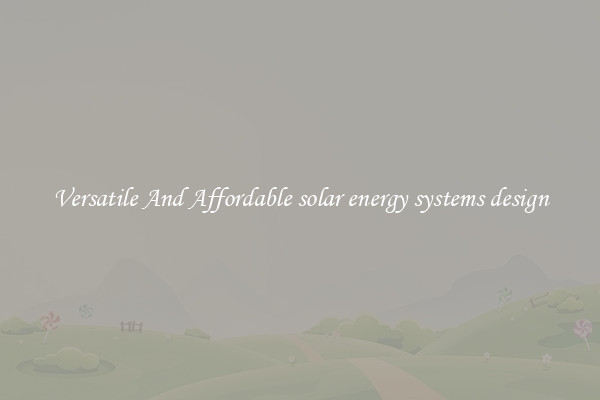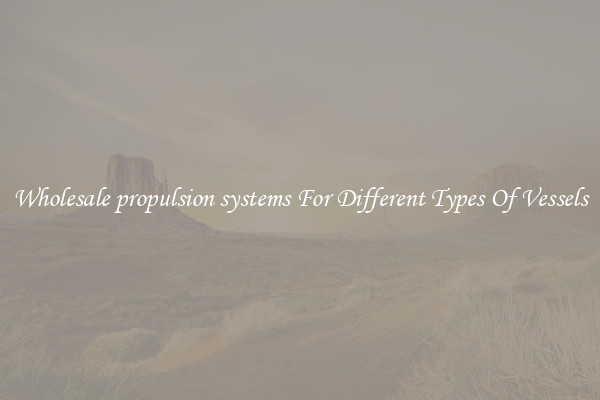Versatile And Affordable solar energy systems design
Versatile And Affordable Solar Energy Systems Design

Solar energy has emerged as one of the most promising renewable energy sources due to its abundance, sustainability, and efficiency. With advancements in technology, solar energy systems have become increasingly versatile and affordable, making it accessible to households and businesses.
Design plays a crucial role in the effectiveness and efficiency of solar energy systems. The design process includes assessing the requirements of the user, the location, the available space, and the energy demands. By considering these factors, solar energy systems can be designed to maximize energy production and minimize costs.
One important aspect of versatile solar energy system design is the ability to integrate with existing infrastructure. Solar panels can be mounted on rooftops or installed as standalone structures, depending on the available space and the user's preference. This versatility allows solar energy systems to be integrated seamlessly into homes or commercial buildings, without the need for major renovations.
Moreover, the affordability of solar energy systems has greatly improved over the years. Advances in technology have significantly reduced the cost of solar panels, making them more accessible to a wider range of consumers. Additionally, government incentives and subsidies further encourage the adoption of solar energy systems, making them even more affordable.
In terms of versatility, solar energy systems can be scaled to meet the specific energy demands of any user. For residential users, smaller systems can be designed to power individual households, while larger systems can be implemented for commercial or industrial users. The ability to scale solar energy systems allows users to customize their systems based on their unique requirements and budget.
Furthermore, solar energy systems can be designed to incorporate storage capabilities. This is extremely beneficial for users who want to store excess energy generated during the day for use during peak demand periods or at night. By integrating storage solutions into solar energy systems, users become less reliant on the grid, thereby reducing their energy costs and increasing their energy independence.
The design of solar energy systems also takes into consideration the geographical location of the user. Different regions receive different amounts of sunlight, and the angle and orientation of solar panels need to be optimized to harness the maximum amount of solar energy. By customizing the design based on location, solar energy systems can achieve higher energy production levels.
In conclusion, versatile and affordable solar energy systems design has revolutionized the renewable energy industry. The integration of solar energy systems with existing infrastructure, affordability, scalability, and the ability to incorporate storage solutions make solar energy an attractive option for both residential and commercial users. With continued advancements in technology and increasing environmental awareness, solar energy systems will continue to play a vital role in meeting our energy needs in a sustainable manner.

View details

View details

View details

View details








